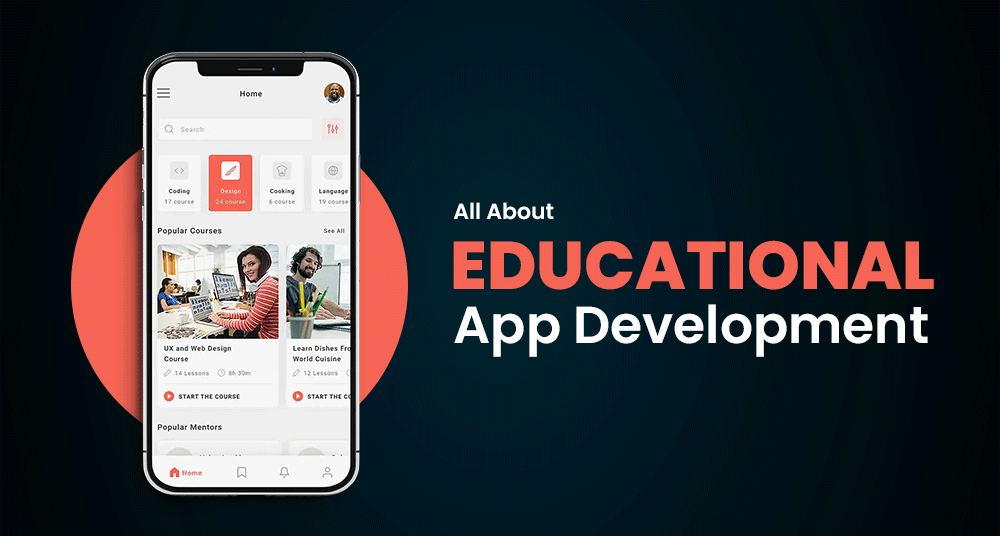
In today’s digital age, eLearning has become a cornerstone for educational institutions and organizations looking to train and develop their workforce. With the rapid pace of technological advancements, there is a constant need to keep stakeholders informed and engaged with the latest offerings in eLearning. This is where a well-crafted eLearning press release comes into play.
A press release is an official statement delivered to members of the news media for the purpose of providing information, an official announcement, or making a public declaration. For eLearning providers, it’s a powerful tool to generate buzz and interest in their courses, platforms, or learning management systems. But how do you ensure that your press release is effective? Here’s your definitive guide.
Crafting the Headline
Begin with a headline that captures attention and accurately conveys what your release is about. It should be concise, clear, and compelling. Use action words and focus on what’s new or revolutionary about your eLearning offering. A good headline might be “XYZ Company Revolutionizes Mobile Learning with New App.”
The Opening Paragraph
Your first paragraph should summarize the most important information: who, what, when, where, why, and how. This is often referred to as the lead. Make sure that it answers any immediate questions the reader might have and entices them to read further.
Body of the Press Release
The next few paragraphs should elaborate on the details of your announcement. Explain what makes your eLearning solution unique and valuable. Include quotes from key people in your organization or prominent figures in the industry for added credibility and perspective.
Unique Features & Benefits
Highlight the unique features of your product or service. What does your eLearning platform do that others don’t? How will it benefit users? Be specific about its functionality, content quality, ease of use, customer support etc.
Data and Statistics
Implement relevant data or statistics that can add weight to your claims about the efficiency and popularity of your eLearning offerings. This could include success rates, number of subscribers, or any awards/accolades received.
User Testimonials
Incorporating testimonials can significantly boost credibility. Share success stories or quotes from satisfied learners or organizations that have benefited from your services.
Call-to-Action (CTA)
Your press release should conclude with a call-to-action. What do you want readers to do after reading it? Include clear instructions whether it is visiting a website, signing up for a trial, or attending a webinar.
Boilerplate
Provide a standard ‘About Us’ section at the end where you tell about your company. Keep it brief but informative enough for those unfamiliar with who you are and what you offer in the eLearning space.
Contact Information
Finish up with contact information – name, phone number, email address – so interested parties know how to reach out for more details.
Remember that a press release for an eLearning offering serves as both an informational resource and as marketing collateral – striking this balance is key to its success. Keep sentences short and jargon-free to ensure clarity for all readers regardless of their background knowledge.
By following these guidelines for crafting an effective eLearning press release, you can ensure maximum visibility and interest from your target audience. Whether it’s launching a new course module or announcing collaborative learning initiatives, get set to make waves in the world of digital education with every press release you publish!








